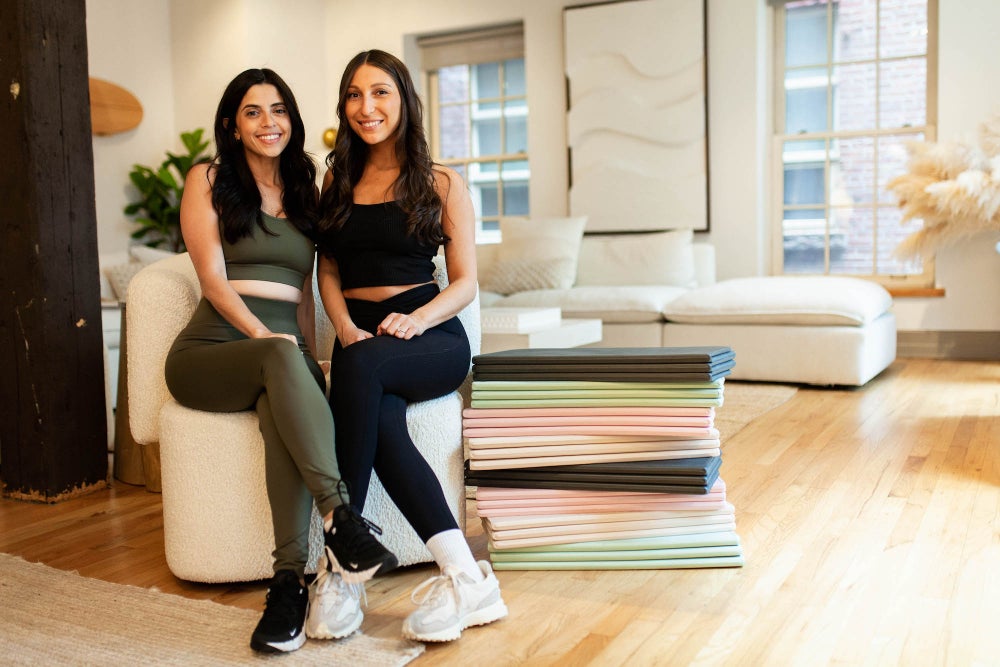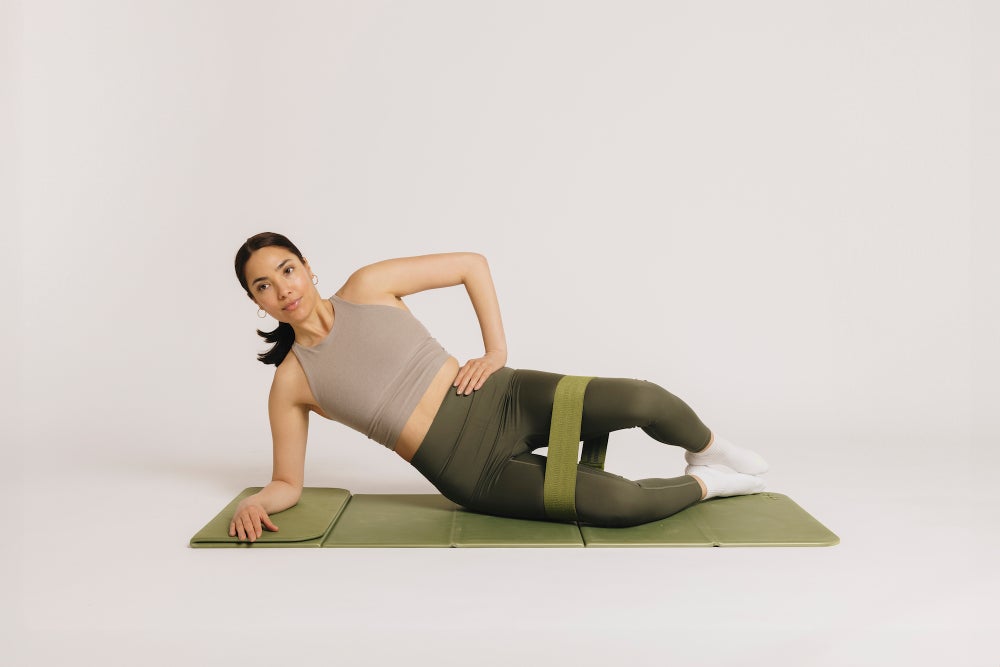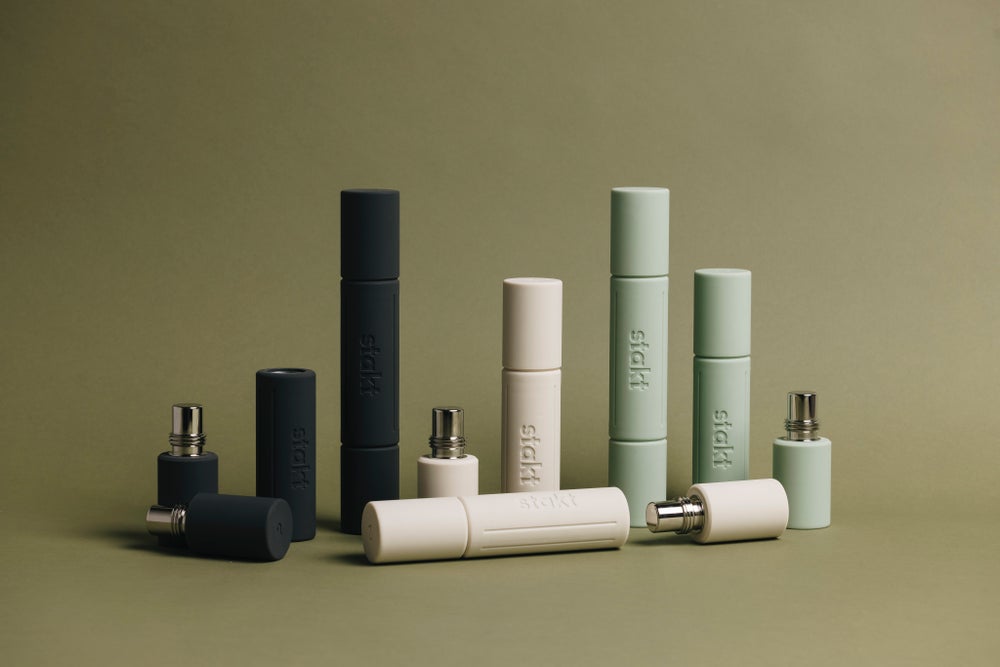This Side Hustle Spotlight Q&A features New York City-based friends and co-founders Millie Blumka, 31, and Taylor Borenstein, 31. The pair started a side hustle in 2021 called Stakt, an adaptable workout accessories brand.
Blumka was a director of brand partnerships at Showfields and Borenstein was a product implementation manager at Bloomberg when they invested about $50,000 of their personal savings into the business. The co-founders have since grown it from a two-person operation to a lucrative business on track for $10 million in revenue in 2025 as it scales across Amazon, DTC and B2B.
Read exactly how they did it, here.

Image Credit: Courtesy of Stakt. Taylor Borenstein, left, and Millie Blumka, right.
Responses have been edited for length and clarity.
When did you start your side hustle, and where did you find the inspiration for it?
Blumka and Borenstein: We had the idea for Stakt back in 2020 when home workouts became the norm and our old yoga mats just weren’t cutting it. We needed more support and versatility for the variety of workouts we were doing like sculpt and pilates, and we couldn’t find a mat that could keep up. We found inspiration through our own personal need and noticing many trainers we looked up to were rolling their mat in half to get extra support…we knew there had to be a better way.
What were some of the first steps you took to get your side hustle off the ground? How much money/investment did it take to launch?
Blumka and Borenstein: Neither of us had started a business before, let alone created a product, so the first step was a lot of networking. We spoke with friends of friends to try to understand how you even go about creating a product. We also did a lot of surveying to understand if this was an “us” problem or if other people were struggling with this, too. We each invested $25,000 of our own savings to get the business off the ground and have invested profits ever since.

Image Credit: Courtesy of Stakt
If you could go back in your business journey and change one process or approach, what would it be, and how do you wish you’d done it differently?
Blumka: If I could go back, I’d probably establish our lanes much earlier. In the beginning, we both tried to touch everything and be hands on for every aspect of the business. Once we defined who owned what, things became so much smoother. Having those roles in place earlier would have saved us a lot of time.
Borenstein: I probably would have hired customer service support sooner, as we spent a lot of our time on customer experience when we could have spent it building the business.
When it comes to this specific business, what is something you’ve found particularly challenging and/or surprising that people who get into this type of work should be prepared for, but likely aren’t?
Borenstein: Before starting a consumer brand, I had always thought, How hard could it be if you have a good product? It turns out the product is just the first step: Growing a business takes a ton of discipline, hard work, networking and efforts across all verticals to really make it successful.

Image Credit: Courtesy of Stakt
Can you recall a specific instance when something went very wrong — how did you fix it?
Blumka: We once had an entire container of inventory arrive damaged, and we didn’t feel comfortable selling it. Instead, we donated the mats to local organizations and used them for community events. It left us out of stock for a while, so we leaned on pre-orders and reframed the challenge as a marketing opportunity.
How long did it take you to see consistent monthly revenue? How much did the side hustle earn?
Blumka: We didn’t pay ourselves until we decided it was time to make Stakt our full-time jobs instead of just a side hustle.
Borenstein: It took about a year before things leveled out and we saw consistent monthly revenue. For the first year, there were good months, great months and bad months — eventually it became more consistent and easier to predict.
What does growth and revenue look like now?
Blumka and Borenstein: We are on track to do $10 million in revenue this year — doubling what we did in 2024.

Image Credit: Courtesy of Stakt
What do you enjoy most about running your business?
Blumka: The combination of creativity and community. I love taking an idea and turning it into something people genuinely connect with. That said, the real reward is seeing our products out in the wild, with people actually using and loving them. Building community around movement and wellness has been the most fulfilling part. Plus, doing it alongside my best friend is the biggest bonus.
Borenstein: At some point, this truly stopped feeling like work. Stakt is an extension of me and my family, and every day I get to work with my best friend and my husband (whom we hired last year). I love that I can make my own schedule, my hard work is rewarded with the growth of my own business, I meet awesome people, and I get the opportunity to design new products and see them come to life.
“Chaos is part of the journey.”
Based on your journey so far, what’s your best advice for aspiring founders?
Blumka: There will never be a perfect time, perfect product or perfect plan, but you have to start somewhere. There will always be a reason to wait, but the real progress starts once you launch. This is when you can adapt, learn and grow.
Borenstein: Everyone will have advice, but trust your gut — there’s no single playbook. And remember, no one has it all figured out; the chaos is part of the journey.
This Side Hustle Spotlight Q&A features New York City-based friends and co-founders Millie Blumka, 31, and Taylor Borenstein, 31. The pair started a side hustle in 2021 called Stakt, an adaptable workout accessories brand.
Blumka was a director of brand partnerships at Showfields and Borenstein was a product implementation manager at Bloomberg when they invested about $50,000 of their personal savings into the business. The co-founders have since grown it from a two-person operation to a lucrative business on track for $10 million in revenue in 2025 as it scales across Amazon, DTC and B2B.
Read exactly how they did it, here.
The rest of this article is locked.
Join Entrepreneur+ today for access.


